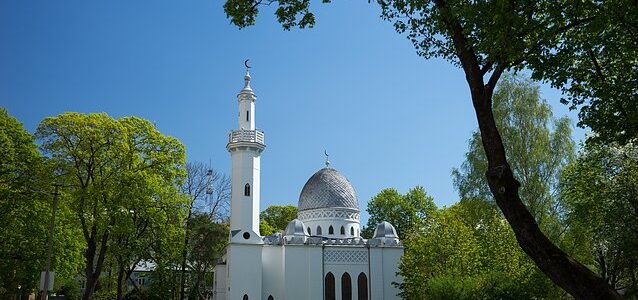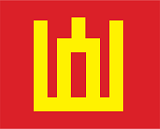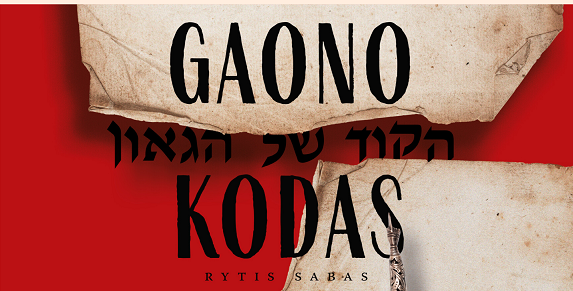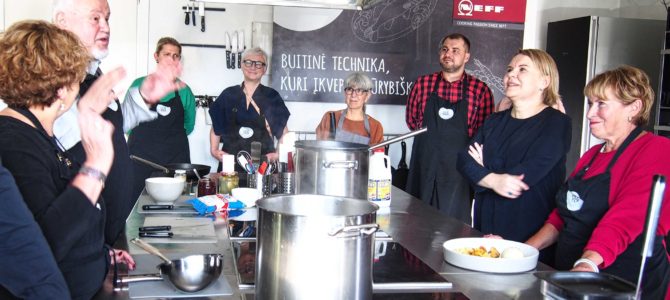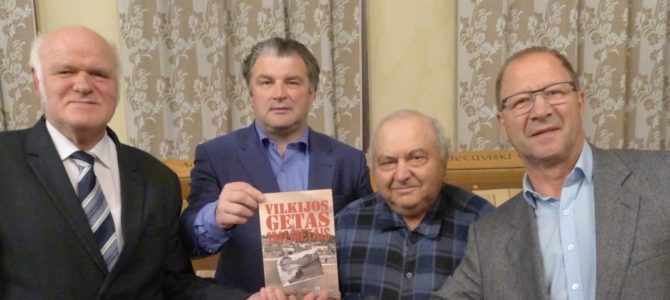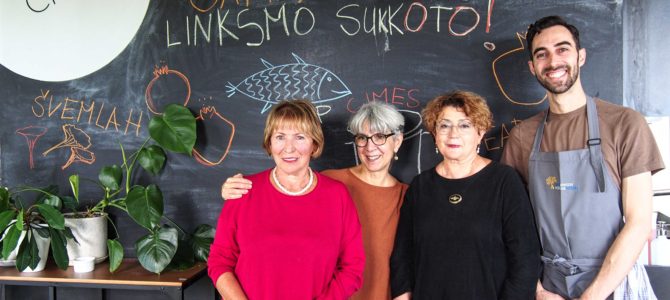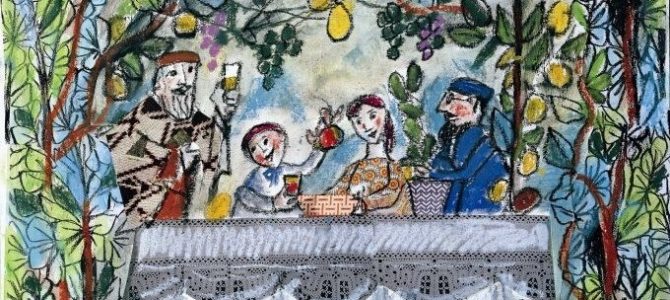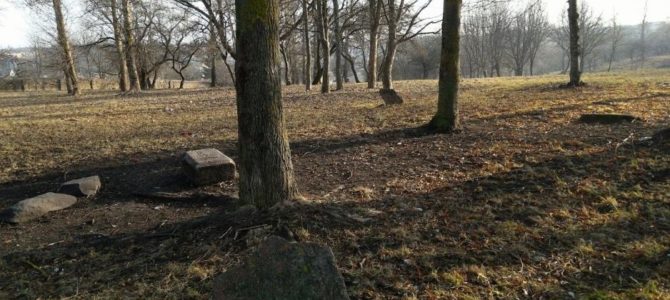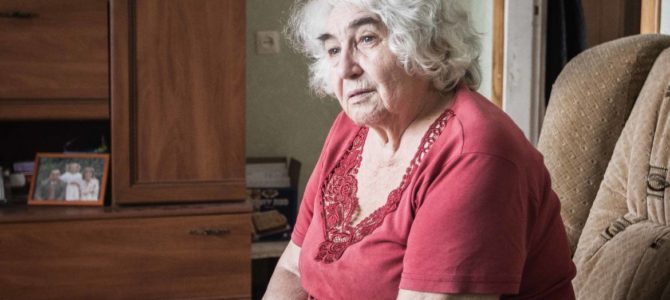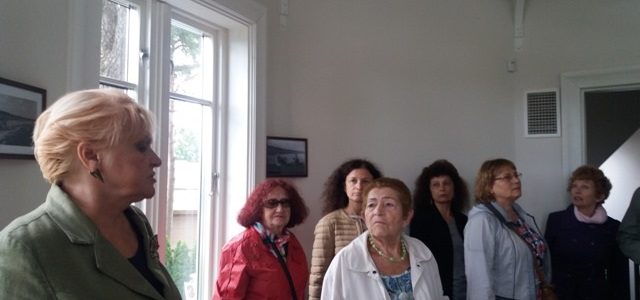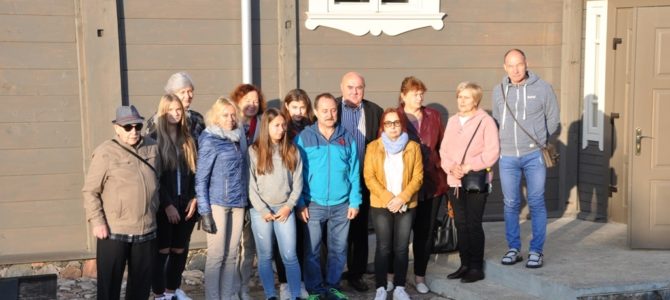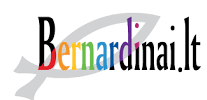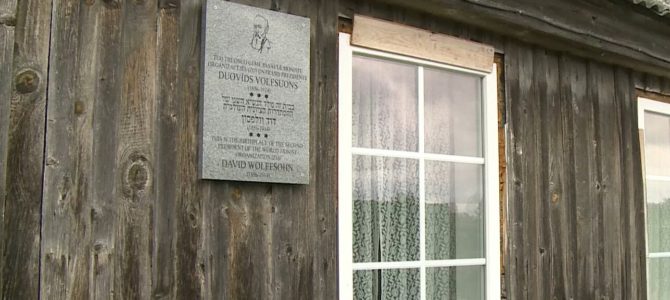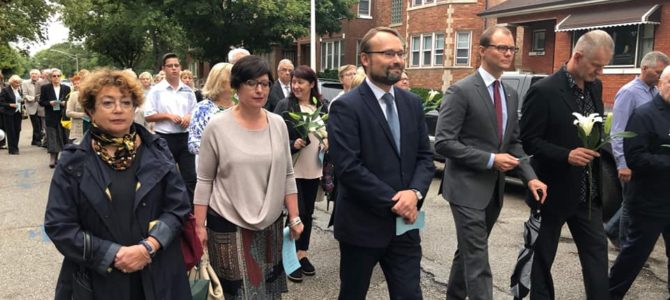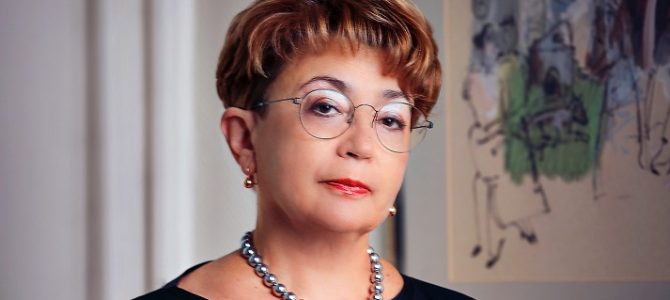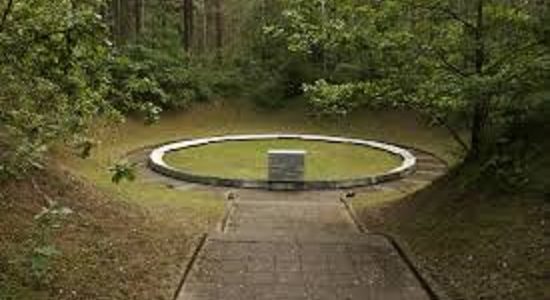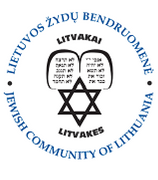Teenagers are suspected of vandalizing a mosque and a synagogue in Lithuania’s second-largest city Kaunas.
The windows of a mosque in the city center were smashed November 17 and a “Heil Hitler” inscription was discovered on the synagogue sign on November 23. Police in Kaunas believe the two crimes were committed by the same people.
Working with the Jewish and Muslim religious communities, three people including two males aged 17 and 18 and a female aged 15 were identified. They are now being questioned and officers are taking other actions as part of an ongoing pre-trial investigation.
The 17-year-old boy is suspected only of taking part in damage to the mosque while the other two are suspected of that criminal act committed on November 17 and the synagogue attack on November 23. The Kaunas Mosque is a protected heritage site and is Lithuania’s only brick-and-mortar mosque; the others are made of wood. The Kaunas Mosque has been the target of vandals repeatedly with the last previous major act of vandalism on September 21, according to 15min.lt and other sources. The Kaunas Muslim community asked for the public’s help in identifying security-camera footage of the three assailants in the latest attack. Both attacks on the mosque damaged stained-glass windows and in the earlier one a collection box with money, office equipment and a laptop computer were stolen.
The 18-year-old is in custody and the 15-year-old girl has been handed over to her parents.


